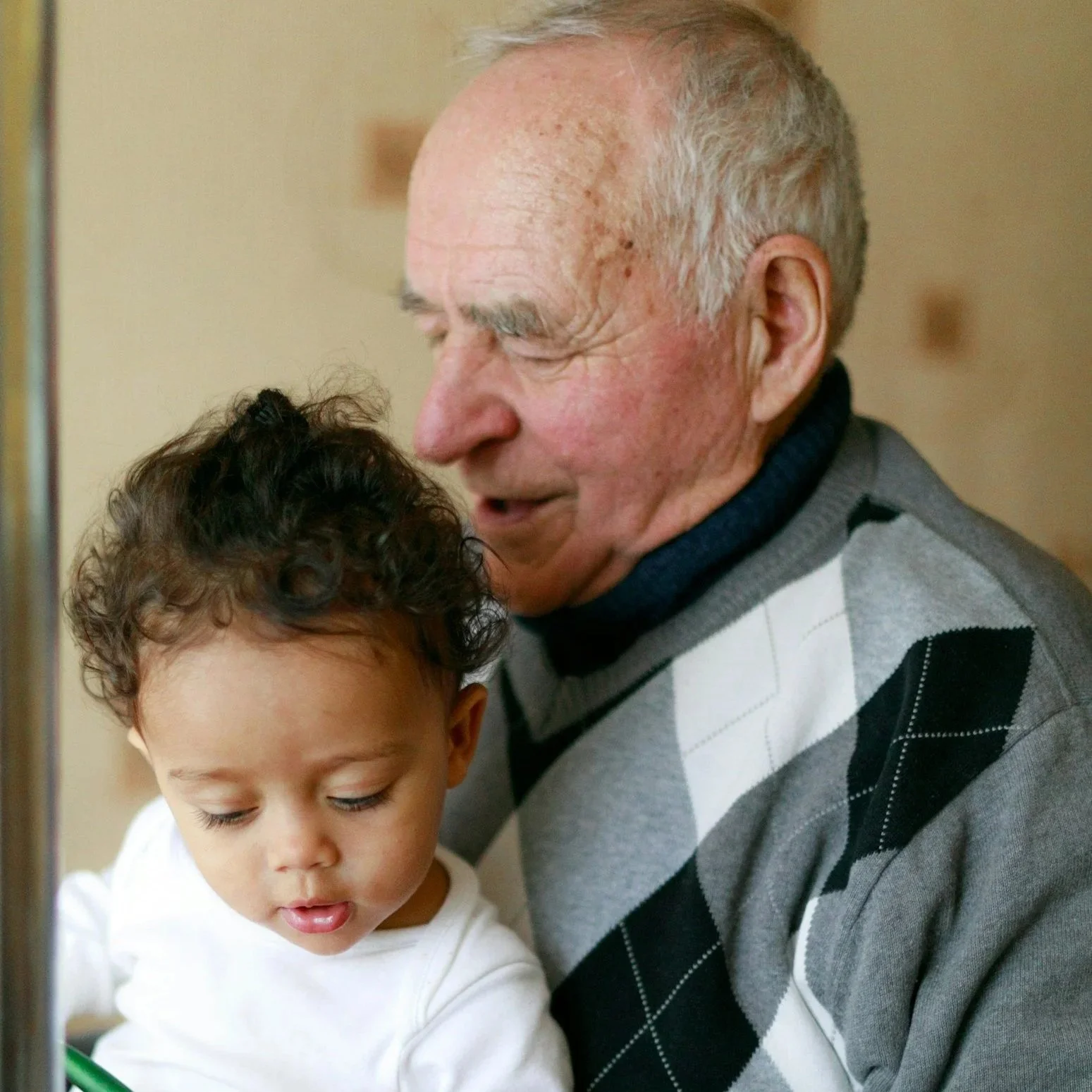Poverty. Place. Policy.
On the eve of Anti-Poverty Week for 2025, David Tennant explores the intersections between poverty, place and policy. David has worked in the not-for-profit community services sector for over thirty years, most recently as CEO of regional Victorian agency FamilyCare between May 2010 and July 2025. He is the Victorian Co-Chair, Anti-Poverty Week, and a Visiting Fellow at the ANU’s Children’s Policy Centre.
Anti-Poverty Week has been recognised in Australia for the last 20 years. In 2025, it runs from the 12th to the 18th of October, including the United Nations Day for the Eradication of Poverty on the 17th.[1]
Setting aside a week a year to recognise poverty is nothing like the reality for people directly impacted. A short period of focused attention and activities does however allow the broader population to reflect on what poverty is and the choices available if we are serious about tackling largely solvable problems.
A quick recap on the numbers. Poverty in Australia is generally defined as affecting those whose income is 50 per cent below median. That includes over 3.3 million people, or a bit over one in seven adults. For children, the proportions are worse. One in six children, or over 760,000, live in poverty. Life is toughest for single parent families, with a staggering 35 per cent living below the poverty line.[2]
Income is just one way to define poverty. There is a growing push to develop consistent, national, multi-dimensional measures of poverty.[3] That work is important but is likely to confirm many things we already know. Living in poverty makes everything harder. It undermines capacity to access material basics, limits opportunities to engage in normal life experiences and exposes the most important personal relationships to greater stress.
One P down, two to go.
We know there is a relationship between poverty and place. Postcodes matter when identifying who experiences poverty.[4] Self-evidently, where you live will also play a critical role in how poverty bites. Is housing available? Are other essential universal services, like education and health care, genuinely accessible regardless of income levels? And if services are available, can you get to them? For people who do not have a car, are there adequate, affordable public transport options?
Recognition of and respect for place in the design and delivery of support has attracted renewed attention in recent years. It is also true that local communities come together to address issues they see as shared, particularly in rural and regional areas and especially to ensure the needs of children are considered. There are great examples of place-based and driven programs dotted around Australia.[5] But commitments to, by and in place, cannot do all the heavy lifting. Which is where the third P, policy, comes in.
How policy is designed matters. For people who are vulnerable, disadvantaged, or both, good policy can ensure equitable access to essential services and support. Bad policy puts additional and unnecessary hurdles in the way. Really bad policy can cause or exacerbate hardship.
Bad policy has played a significant role in the rate of poverty experienced by children, particularly those in single parent households. [6] Some corrections have been made in recent years, like relaxing when a child’s age triggers the switch of a benefit recipient parent’s payment from the more generous, but still inadequate Parenting Payment Single, to the punitive JobSeeker unemployment benefit.
Over thirty years since Australia wholeheartedly embraced the concept of welfare conditionality, we still have not learned that blaming people for their disadvantage and punishing them if they do not fix it, only causes greater hardship. The places and communities in which people experiencing poverty live will continue to play their part in providing support and encouragement. Better policy is the most effective and sustainable way to reduce poverty in Australia.
Footnotes:
[1] More information about Anti-Poverty Week, including fact sheets and a calendar of events is available at Home - Anti-Poverty Week
[2] Much more information is available from the ACOSS/UNSW Poverty and Inequality Research partnership Poverty and Inequality – Australian Poverty and Inequality Research, with further updates imminent
[3] See for example the Brotherhood of St Laurence’s advocacy Why measuring poverty matters | Brotherhood of St. Laurence
[4] Epitomised by the Dropping off the Edge research series Dropping off the Edge - Jesuit Social Services
[5] There are many great examples of community led initiatives, including Logan Together | Collective Impact | Griffith University, Logan Campus, University Drive, Meadowbrook QLD 4131, Australia; tomorrowtoday | Support Our Future; Home - Burnie Works; Lighthouse Project – Helping children realise their potential
[6] See for example Tennant and Bowey’s paper, The impact of social security reforms on single mothers and their children, presented at the Australian Social Policy Conference in September 2019: Final-Paper_The-impact-of-social-security-reforms-on-single-mothers-and-their-children.pdf
Content moderator: Sue Olney

